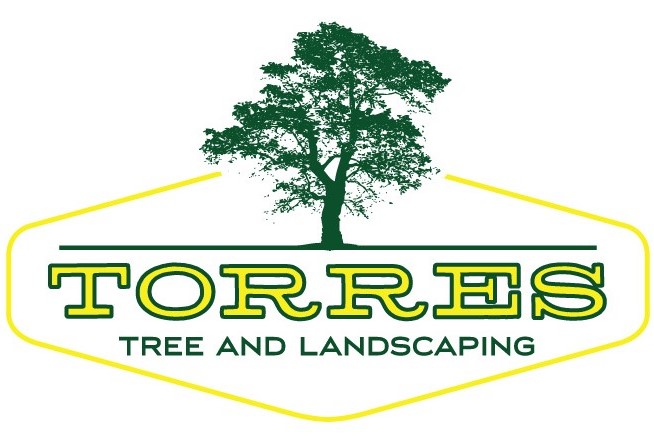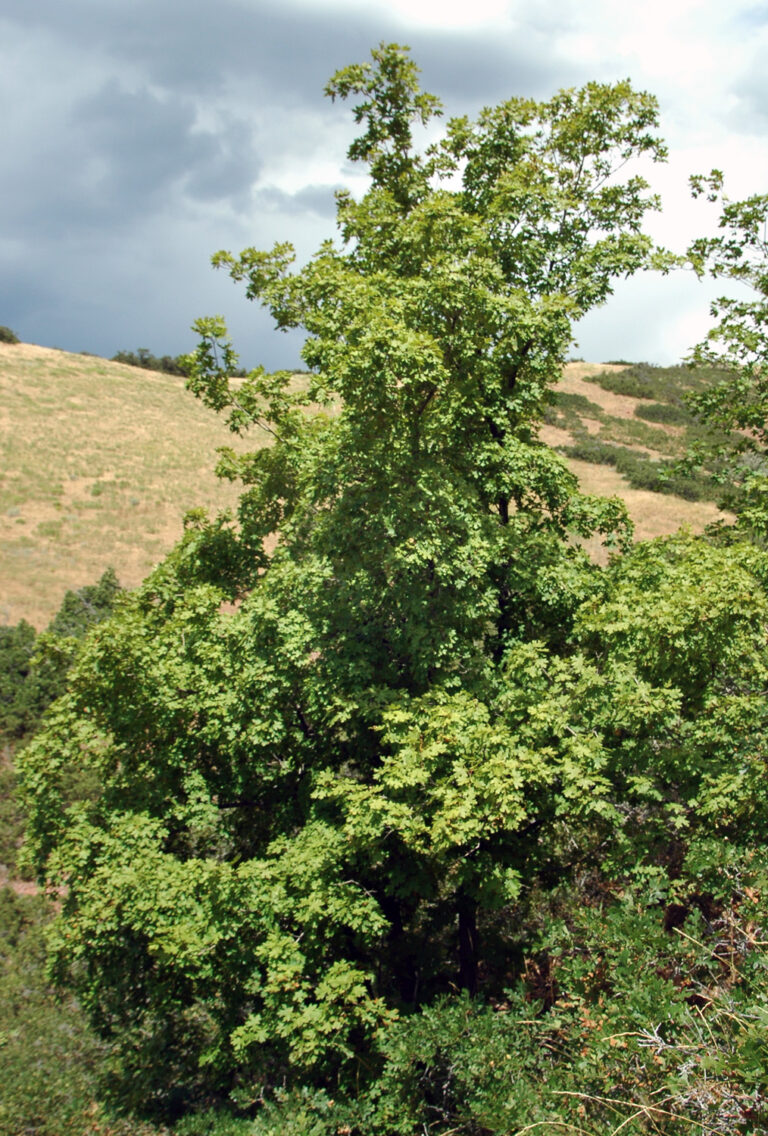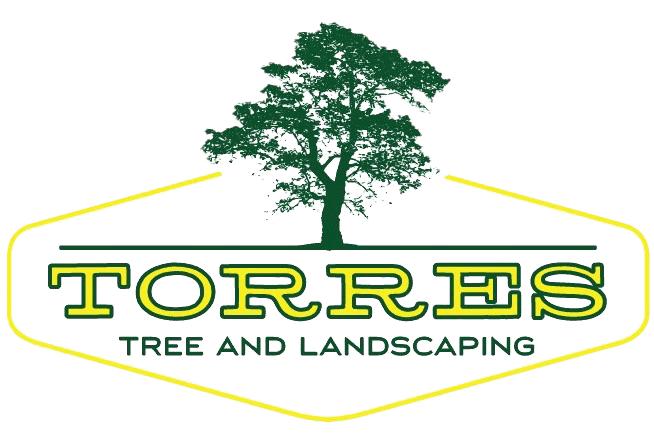With its stunning autumn foliage and remarkable adaptability, the Bigtooth Maple tree (Acer grandidentatum) is a magnificent addition to any landscape. Native to North America, this deciduous tree offers both aesthetic appeal and environmental benefits.
To help you keep your Bigtooth Maple thriving and healthy, we’ve gathered essential care information for this remarkable species. Whether you’re a seasoned gardener or a novice tree enthusiast, these guidelines ensure the longevity of your Bigtooth Maple.
Will the Bigtooth Maple do Well in North Texas?
The Bigtooth Maple tree, finds a welcoming home in North Texas’s diverse climate. With its tolerance for both heat and drought conditions, it thrives in the region’s hot summers and mild winters.
Texas A&M University (n.d.) says the Bigtooth Maple is one of the most attractive and interesting Texas trees.
Additionally, the tree’s deep root system allows it to seek out moisture in a variety of soil types. Equally important, these trees prefer full sun, but will also manage well with partial sun.
Furthermore, it is able to be a focal point in a residential garden. It will also do well incorporated into a larger landscape design. The Bigtooth Maple’s resilience and beauty make it a treasured addition to North Texas’s natural environment.
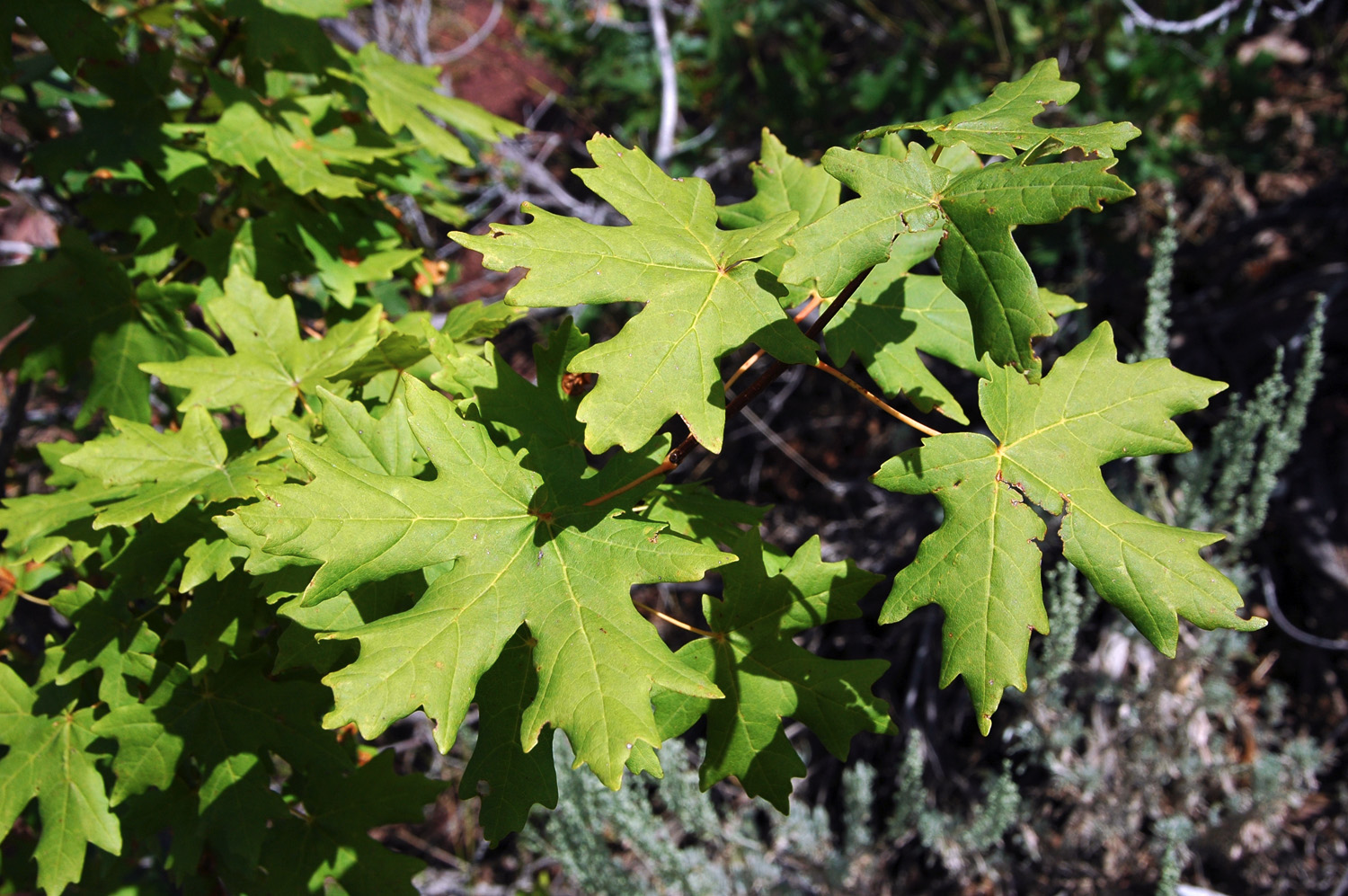
Planting and Location
When selecting a spot for your Bigtooth Maple, consider a location that receives partial sun to full sun exposure. These trees are adaptable to a wide range of soil conditions, but they thrive best in well-drained, moist soil.
Prioritize a planting site that provides ample space for the tree to reach its full potential height of around 30 to 50 feet, with a spread of 25 to 35 feet.
Utah State University (n.d.) informs us Bigtooth Maple is a good ground cover tree, providing shade in canyon bottoms for livestock and recreation areas. It is a fair source of food for browsing wildlife and domestic livestock. The seeds, buds, and flowers provide food for numerous species of birds and small mammals. Understory plants are generally lacking under stands of this tree.
Because this tree is closely related to the sugar maple of the Northeastern United States, it can and has been used as a source of sugar and syrup. The deciduous leaves of bigtooth maple account for most of the beautiful yellow, orange, and red coloration of our canyons in the early fall, and are used in “Autumn leaf” displays (para. 9 & 10).
We offer a customized landscape design and installation service. Go to our landscaping design and installation service page for details.
Watering and Moisture
To encourage healthy root development, it’s crucial to establish a consistent watering routine for your Bigtooth Maple. While these trees can tolerate periods of drought, they benefit from regular deep watering during dry spells.
Provide about one inch of water per week, ensuring that the soil remains moist, but not waterlogged. Mulching around the base of the tree can help retain moisture and regulate soil temperature.
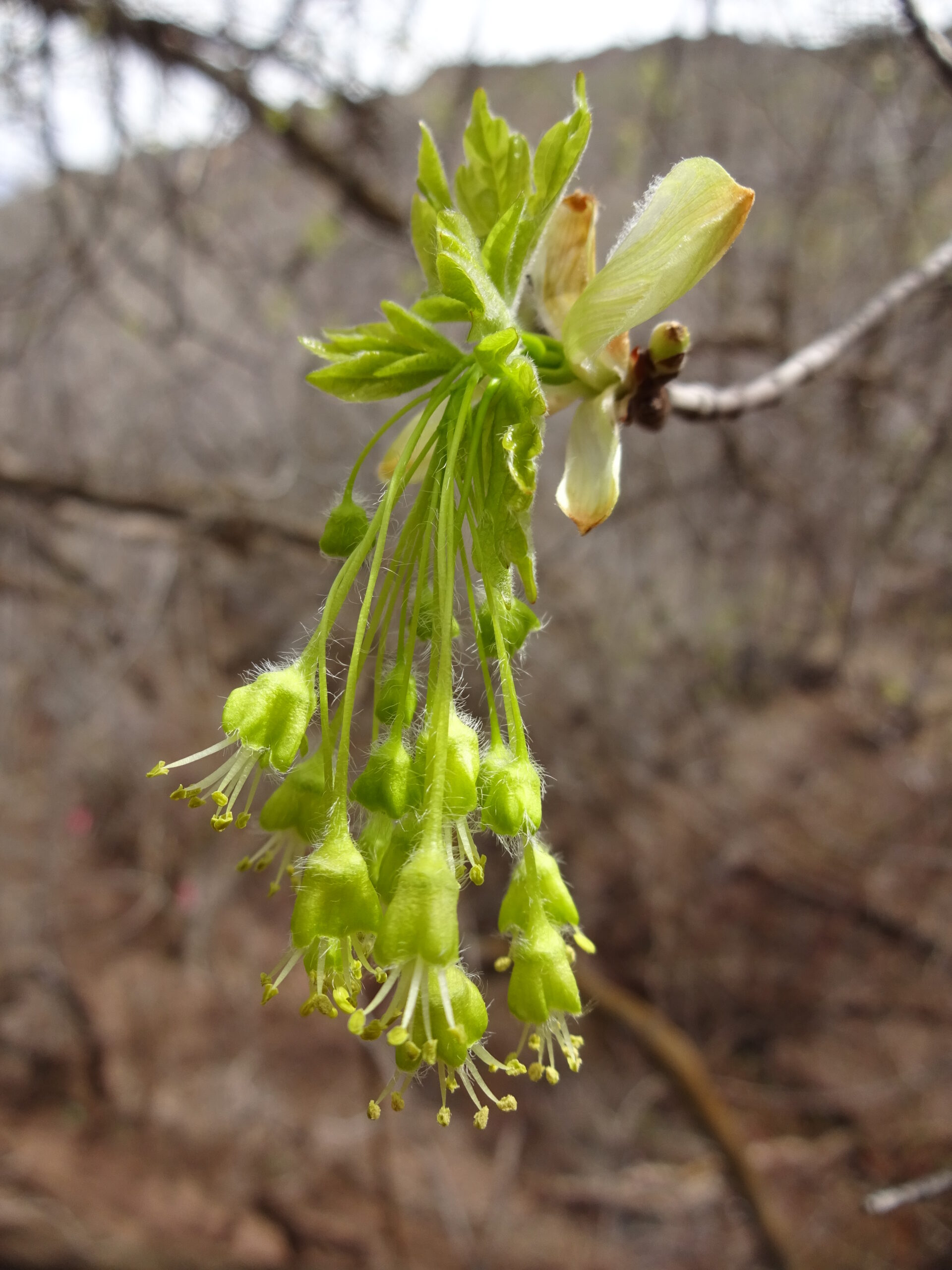
Pruning and Maintenance
Regular pruning of your Bigtooth Maple is essential for maintaining its structural integrity and overall health. Prune during the dormant season, preferably in late winter or early spring, before new growth emerges.
Focus on removing dead, diseased, or damaged branches, as well as any crossing or excessive growth that may hinder proper air circulation and sunlight penetration.
If you need help with tree pruning services, head over to our tree and shrub trimming service page.
Fertilization
Bigtooth Maple trees generally do not require extensive fertilization. However, an annual application of a well-balanced, slow-release fertilizer in early spring will provide them with the necessary nutrients for healthy growth.
Consult with a local garden center or professional arborist to determine the best fertilizer formulation and application rates for your specific region.
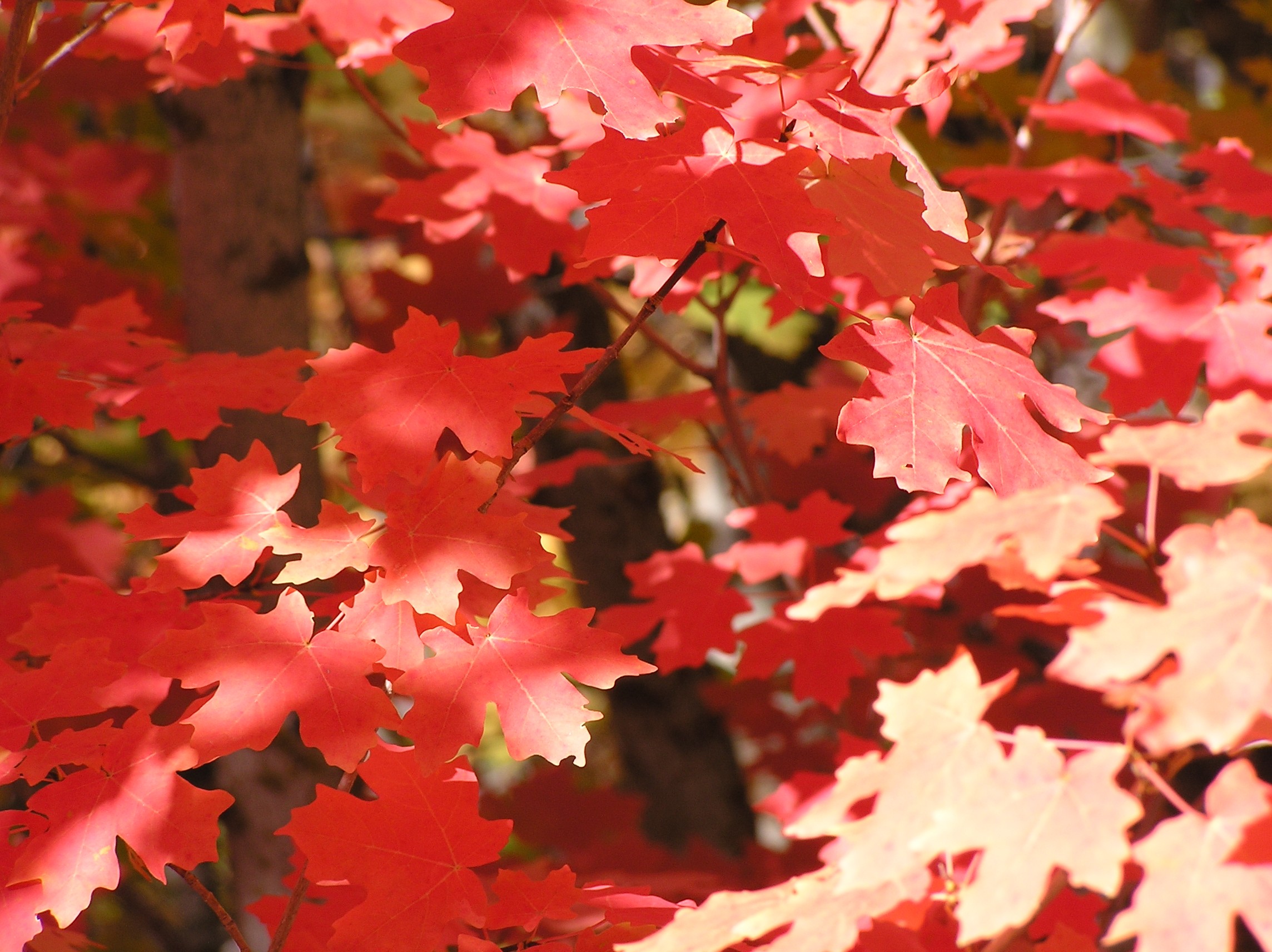
Pest and Disease Management
While generally resilient, Bigtooth Maple trees are susceptible to a few pests and diseases. Regular inspections for common pests such as aphids, scale insects, or leafhoppers can help identify early infestations.
Control measures, such as horticultural oils or insecticidal soaps, can be applied if necessary.
Additionally, proper sanitation practices, such as promptly removing fallen leaves and debris, can prevent the spread of diseases like leaf spot or anthracnose.
When you find yourself in need of a tree removal or a stump grinding service, contact us right away.
Conclusion
By following these care recommendations, you can ensure the longevity and vibrancy of your Bigtooth Maple tree. Remember to provide proper watering, select an ideal planting location, and carry out regular maintenance tasks such as pruning and fertilizing.
When you understand the needs of this remarkable tree species, you are able to properly care for it. Should you encounter any challenges or require expert assistance, don’t hesitate to reach out to Torres Tree Service.
Happy gardening and may your Bigtooth Maple thrive in all its splendor!
References
Texas A&M University. (n.d.). Bigtooth maple, sabinal maple, western sugar maple, uvalde bigtooth maple, canyon maple, southwestern bigtooth maple. Texas A&M University. https://aggie-hort.tamu.edu/ornamentals/natives/ACERGRANDIDENTATUM.HTM
Utah State University. (n.d.). Bigtooth maple. Utah State University. https://extension.usu.edu/rangeplants/shrubs-and-trees/bigtooth-maple
The featured image for this article is a photo taken by CC BY-SA 3.0, downloaded from Wikipedia.
